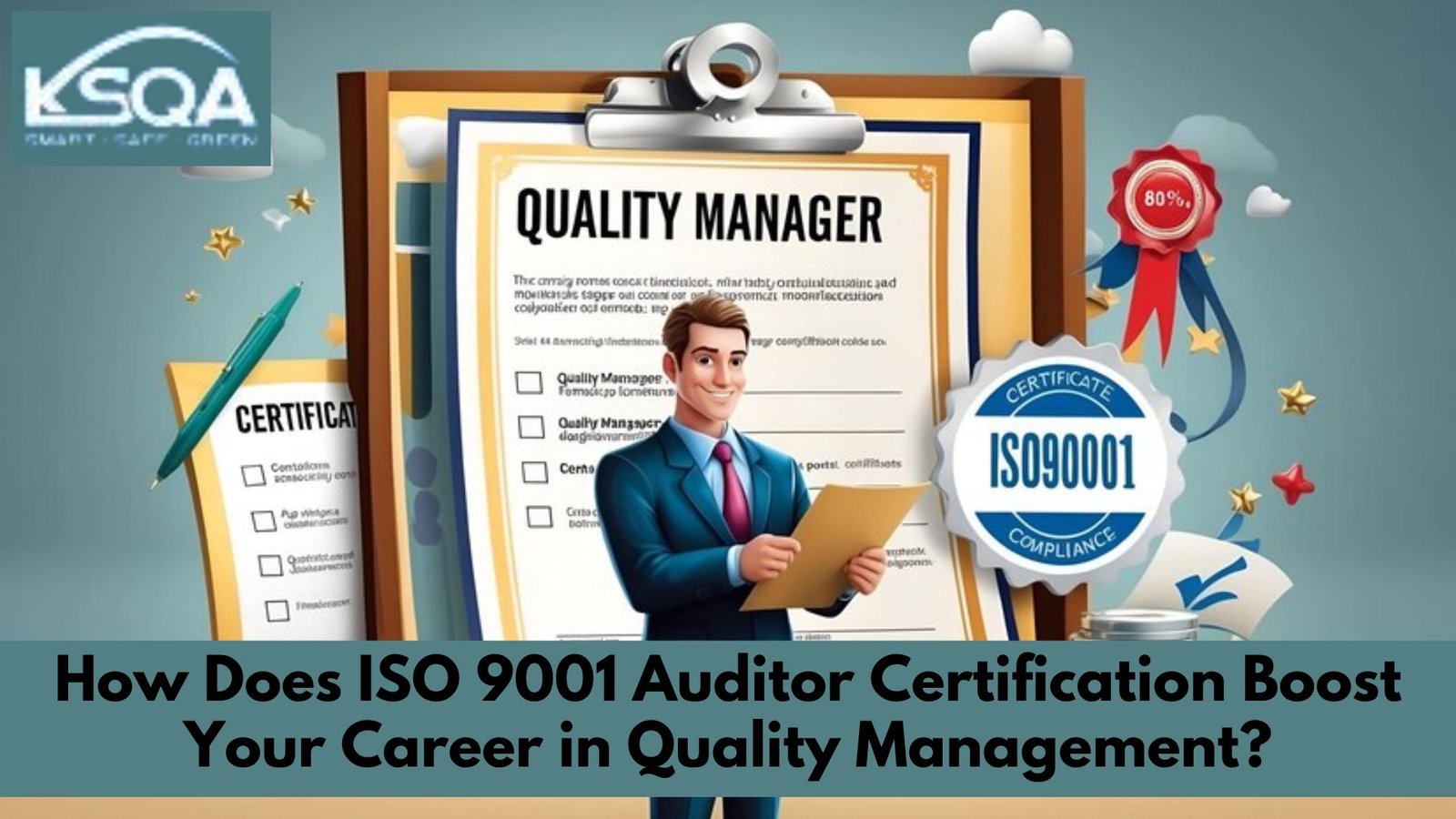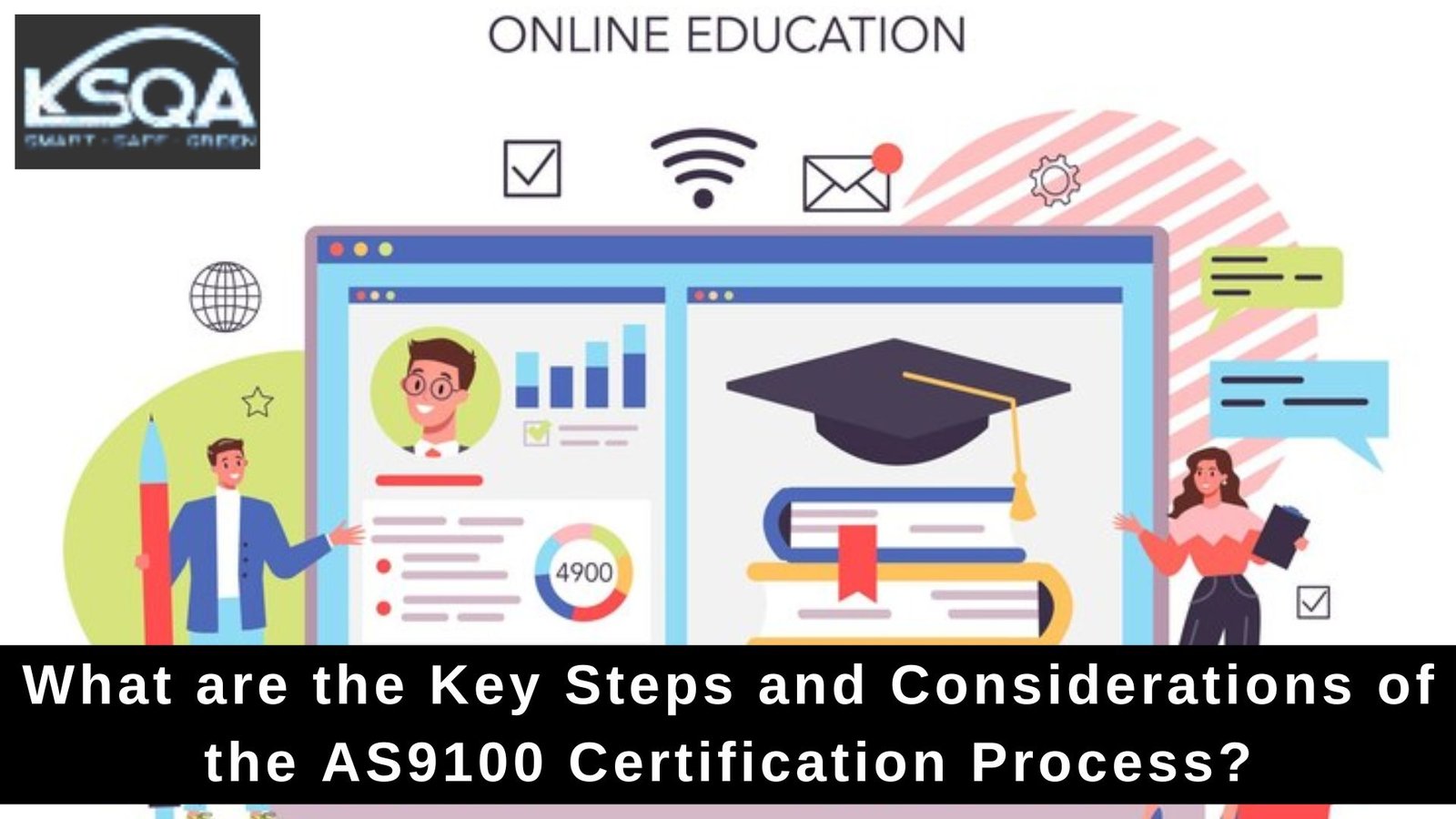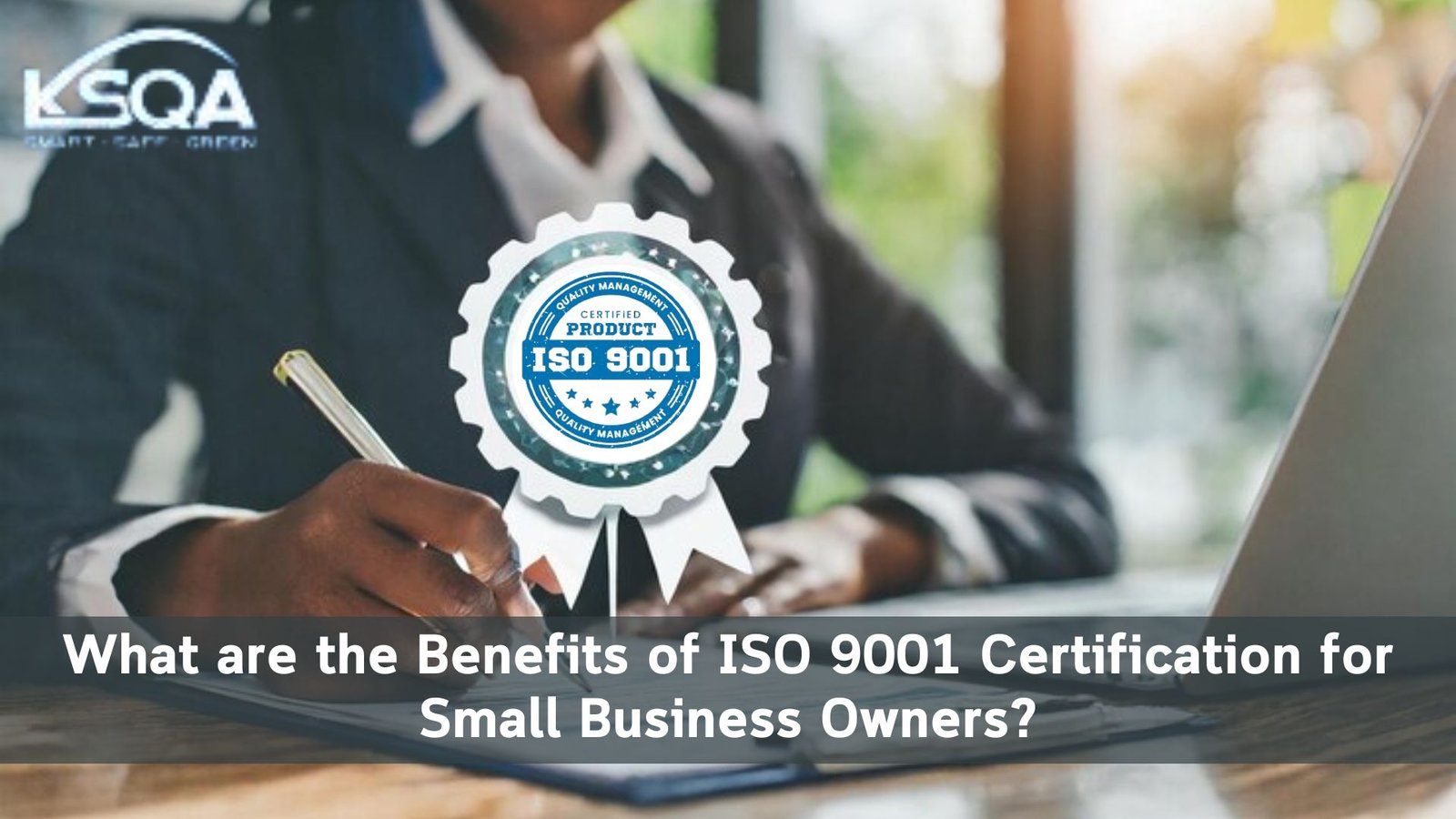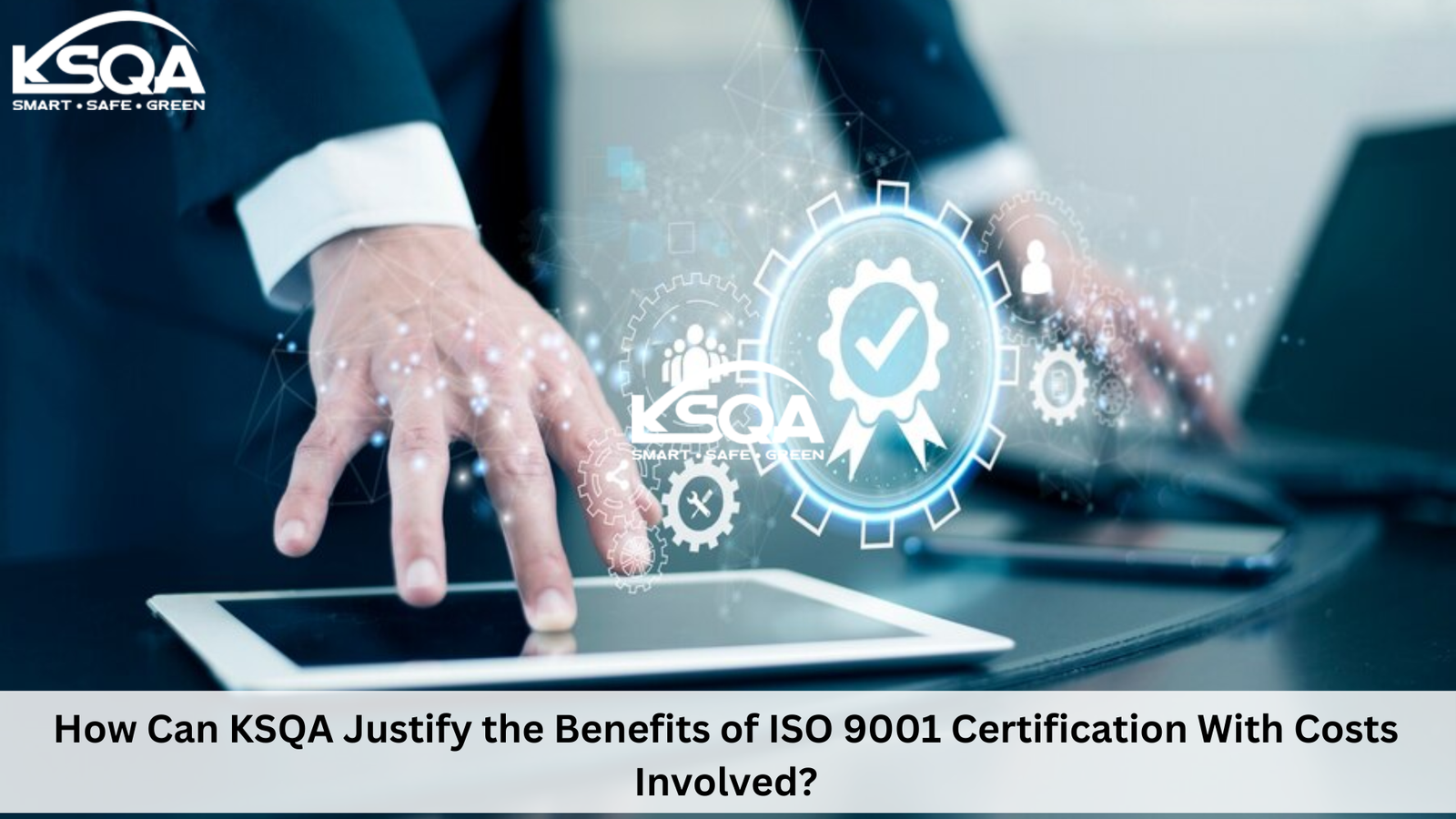Achieving and sustaining ISO 9001 certification is crucial for organizations committed to quality and continuous improvement. It provides a comprehensive framework for establishing and maintaining effective quality management systems. It also ensures that organizations meet customer expectations and drive operational excellence.
To successfully navigate the journey of ISO 9001 compliance, organizations need to understand the essential steps involved.
In this blog, we will explore the key steps businesses need to take to achieve and sustain ISO 9001 certification, enabling them to enhance their quality practices, build customer trust, and thrive in today’s competitive business landscape.
Identify the reasons why you want to become ISO 9001-accredited
It is insufficient, and you will likely fail to pursue ISO 9001 accreditation merely because some of your clients need it. Or because the management believes it could be a good idea.
Top management should comprehend the real benefits that ISO 9001 may offer from a business perspective. They should also talk about the fact that installing a Quality Management System (QMS) will increase overall business efficiency for an ISO 9001 implementation to be effective.
In reality, top management needs to show all interested parties that the organization is dedicated to quality.
Improved performance, knowledge of important processes, the desire for ongoing improvement, and meeting any particular client requirements are the main motivators for establishing a QMS.
Purchase a copy of the standard
You should get a copy of the standard to find out the precise criteria. There is no need to look for a particular industry because the ISO standard applies to all. Your state may have its own version of ISO 9001 compliance, if it has a standards body. These typically take the ISO standard as a starting point but may make a few modest adjustments to account for particular legislation.
While adhering to an ISO standard won’t cause issues if you exclusively conduct business there, it could not be accepted if you conduct business worldwide in several nations.
In that instance, the standard of one nation might not be accepted in another, and clients might demand that you hold a certificate for either the original ISO standard or the standard of their state.
If your company uses this differentiation, you should be careful when choosing the certifying organization you’ll employ because they’ll be authorized to accredit businesses to particular standards.
Strategy definition
The senior management should create and write a formal document outlining the Quality Policy and Objectives according to the standards of the ISO 9001 standard as the first stage in the actual implementation. You need to be able to measure the needs of the quality policy to show that improvements are being made continuously.
Planning resources
To ensure that the QMS can be implemented within a fair amount of time, resources should be made available and realistic time frames should be established.
Since everyone in the organization should share responsibility, assigning some of the QMS’s functions to senior management makes sense as they are ultimately in charge.
ISO 9001 does not mandate a formal implementation project plan, but it is a reasonable way to determine needs and monitor implementation progress.
Identify your processes
You should adhere to a process-based methodology as one of the fundamental requirements of ISO 9001 compliance. It would be best to describe how your organization’s processes interact to do this.
You can create a precise process map unique to your business. It’s a good idea to list the controls, resources, data, and documentation required to meet the criteria for each important process. Verify this process map throughout the organization to ensure no interactions or regions are overlooked.
Throughout all implementation phases, this process map should be used, reviewed, and updated, and it should eventually be incorporated into the Quality system.
Training needs
According to ISO 9001 compliance, it is necessary to determine the awareness, competency, and training requirements for personnel who fall under the purview of the quality management system.
Training will be needed, either inside or elsewhere. Various classes, workshops, and seminars are offered to satisfy these demands. It’s also a good idea to begin training once the QMS is fully built and installed.
Employees must understand what is happening, how it will affect their jobs, and what will happen if they don’t comply. It is preferable to begin training on these topics as soon as possible because doing so will make the implementation process easier.
Additionally, you must ensure that you can prove that the training was effective.
Develop documentation
According to ISO 9001, the scope of the quality management system, a quality policy, quality objectives, and a procedure for controlling outsourced activities should all be controlled and documented.
While ISO 9001 only calls for these four papers, the organization may decide that additional ones are also required. Another requirement of ISO 9001 is keeping multiple distinct kinds of records. It’s usually a good idea to consult the staff members who will ultimately preserve the records and paperwork when creating documentation.
Implementing the QMS
The QMS should be put into use when it has been created. However, these two processes don’t necessarily have to go in order; in other words, you don’t have to design the entire system before using it.
Start educating and applying it as soon as you finish developing some aspects, and continue developing others. You can cut the project’s overall duration by carrying it out this way.
Another benefit is that you’ll start creating records sooner, making it easier to spot any places that aren’t functioning properly or, if any gaps exist, to find them quickly.
Internal audits should be performed to ensure that the standard’s requirements are being implemented. Making the internal audit process, along with non-conformances and corrective action, one of the first to be implemented is a good concept.
A management review might also be conducted to ensure the system’s sufficiency, suitability, and effectiveness. However, this makes the most sense after the entire system has been established and operating for some time.
Pre-assessment audit
A pre-assessment audit by the certification organization will allow you to find any discrepancies between the standards’ criteria and your current procedures. This audit can be performed at any time and is not necessary for certification.
Get certified
You should locate and contact a nationally recognized certification authority to carry out the real certification. Choose a team with experience in your field because they can discuss their experiences working with comparable companies.
The initial certification process involves two steps. A document and readiness review, typically done on-site, is the first stage. A certified certificate will be given upon successfully completing the audit, which makes up the second stage.
Conclusion
Achieving and sustaining ISO 9001 compliance is an ongoing commitment that organizations should embrace to foster a quality and continuous improvement culture. Following the essential steps outlined in this blog, organizations can establish robust quality management systems, align their processes with ISO 9001 requirements, and drive operational excellence.
Sustaining the ISO 9001 standard involves regular monitoring, internal audits, and continuous improvement initiatives to address gaps or non-conformities. Through their dedication to ISO 9001 standard, organizations can enhance customer satisfaction, strengthen their reputation, and gain a competitive edge in the market.
Visit KSQA to learn more about ISO 9001 certification.






